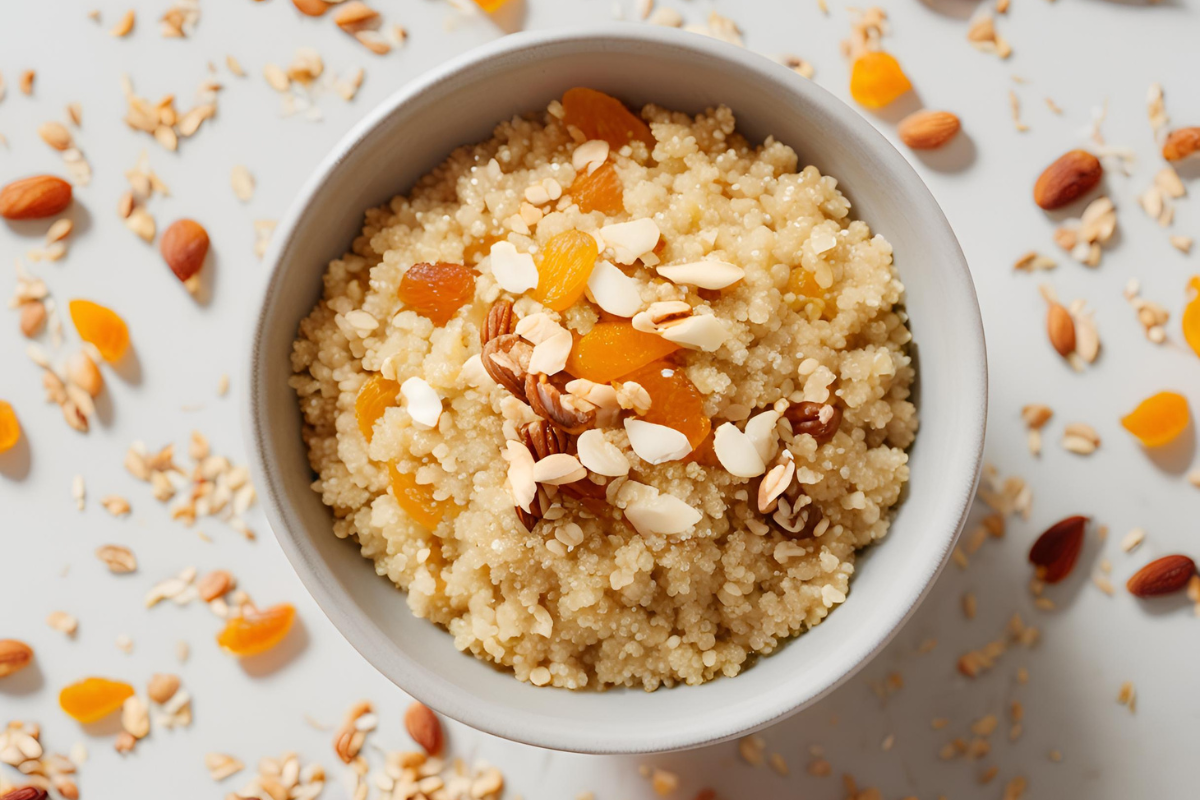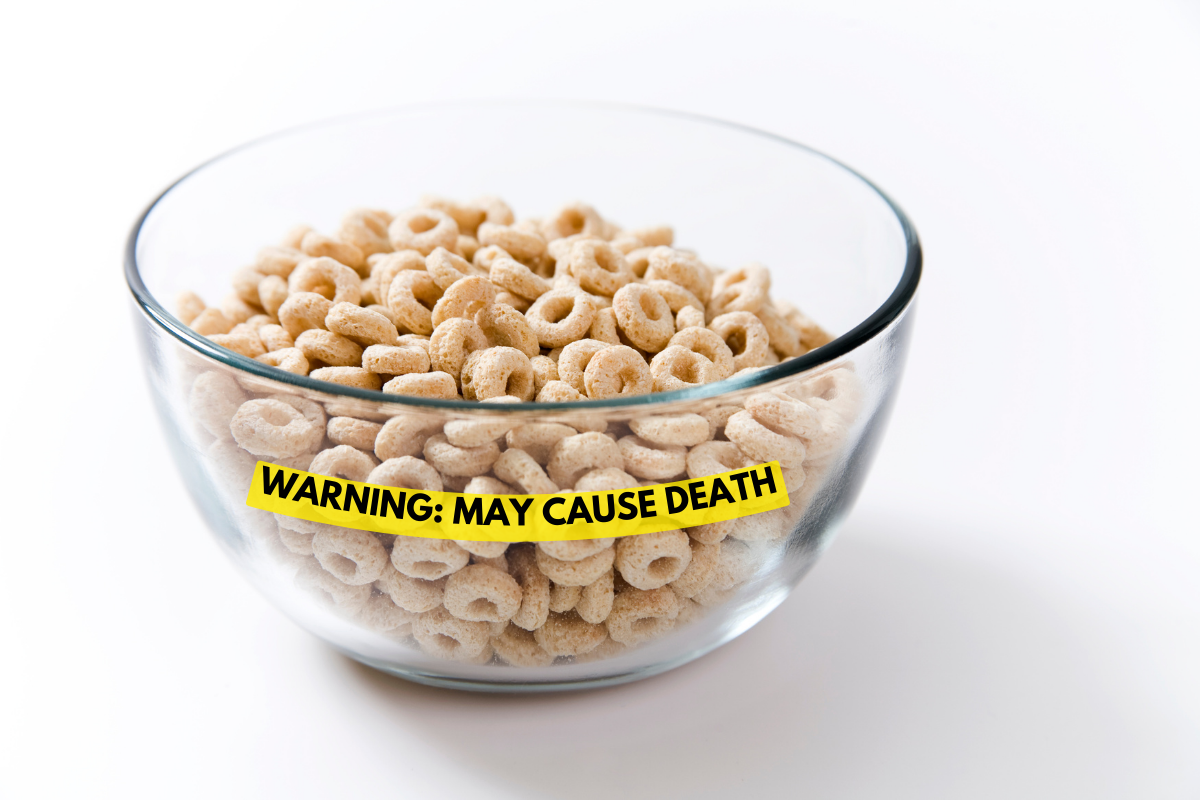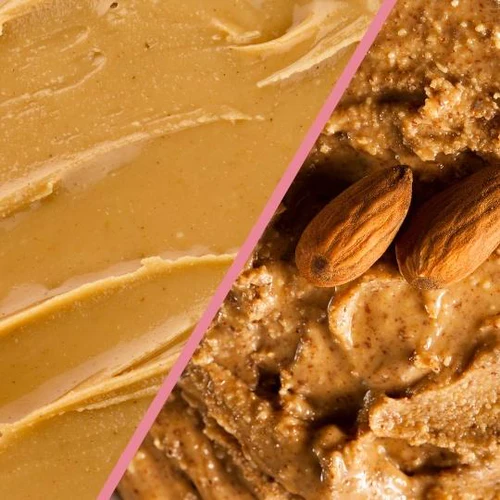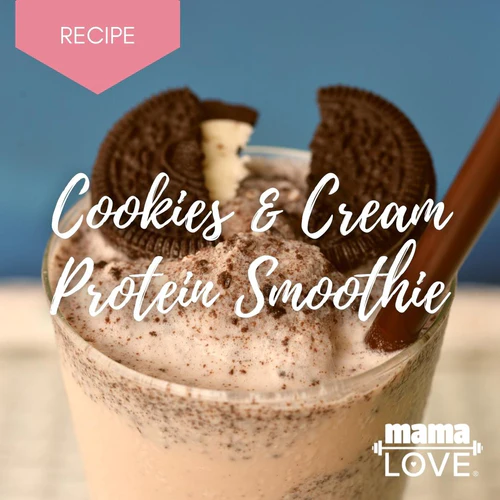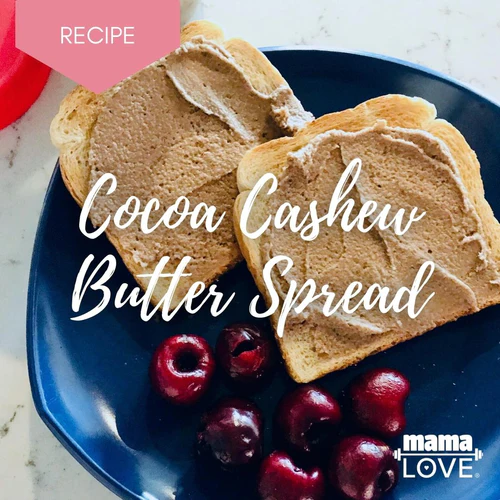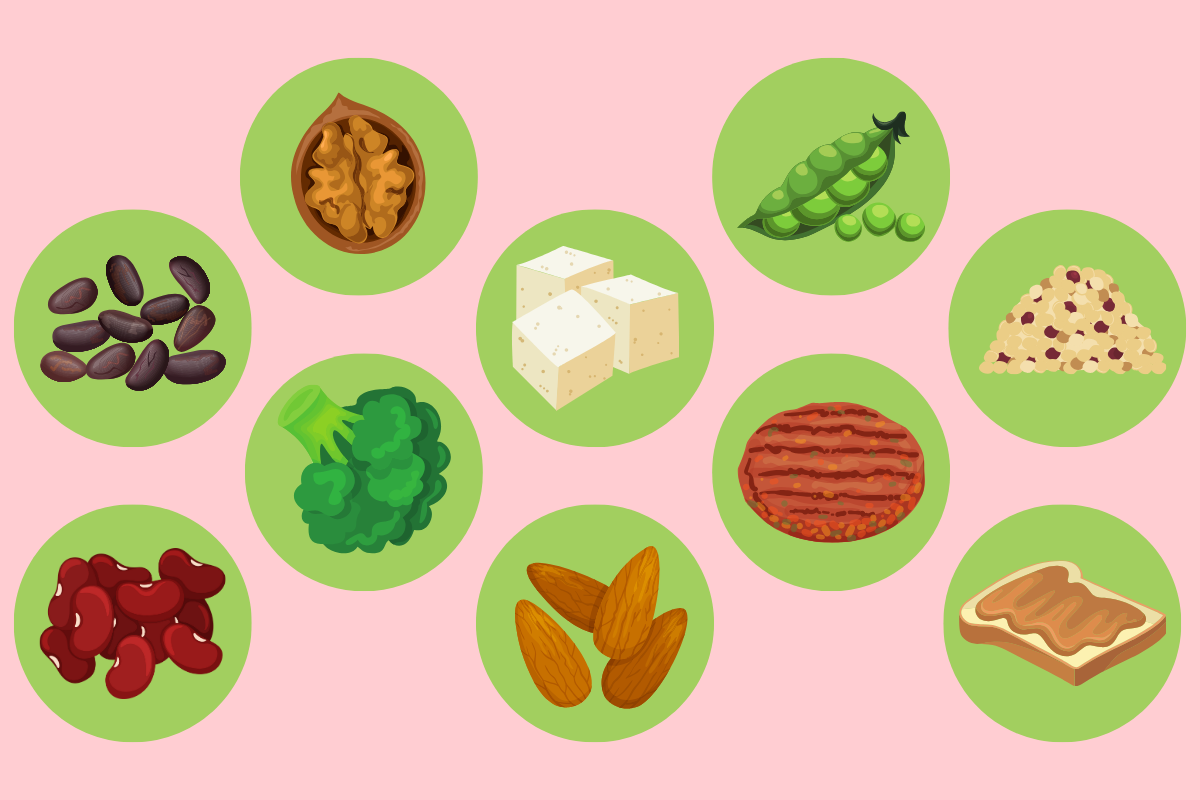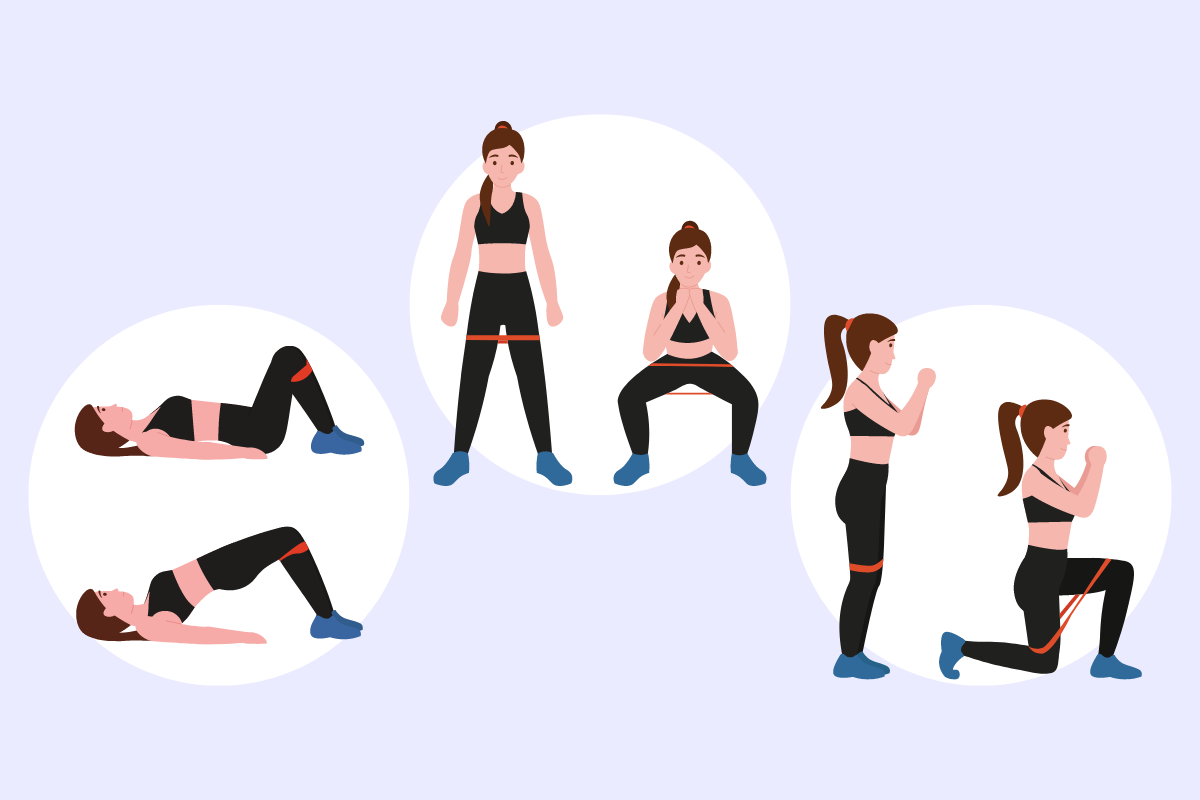
Used to make certain types of beer and bread, brewer’s yeast shows up in lots of lactation cookie recipes. Drop into body building forums and you’ll discover beefy bros have been using it for decades. How brewer’s yeast works exactly is still a mystery, but here’s what we know.
Brewer’s Yeast is a Common Galactagogue
When women are looking for foods to increase milk production, brewer’s yeast almost always makes the list—whether it comes from a magazine article, a chat with a lactation coach, or a Google search (1, 2). The reported benefits of brewer’s yeast, like easier let downs and ramped up supply, could explain why people used to tell lactating women to drink beer.
If you are breastfeeding, it might be safer to skip the beer. The advice to chug a brewski dates back to ancient times, but we now know some alcohol can transfer through breast milk (3) and that can be a no-no for baby. Brewer’s yeast, on the other hand, is alcohol-free, gluten-free, and generally recognized as safe.
Brewer’s yeast is rich in protein and iron. (Low iron levels have been linked to breastfeeding issues; 4). It’s also a good source of B vitamins and trace minerals, like selenium and chromium (5), all of which can support breast milk quality and production (6).
More recent research on the galactagogue effect of brewer’s yeast suggests B vitamins can improve mom’s mood, increase levels of oxytocin, and make milk let-down easier and more efficient (7). Plus, brewer’s yeast contains ergosterol, a compound that supports healthy breast tissue and may inhibit breast cancer cell formation (8).
Brewer’s Yeast is Loaded with Muscle-Building Nutrients
Back in his body-building days, Arnold Schwarzenegger famously used brewer’s yeast to gain muscle—he’d mix it into a milkshake or eat it with raw eggs (9). All the protein and B vitamins must have given him an advantage, because he won loads of competitions and hunky athletes still turn to him for nutritional guidance today.
The B vitamins in brewer’s yeast, which include thiamine (vitamin B1), riboflavin (B2), niacin (B3), pantothenic acid (B5), pyridoxine (B6), folic acid (B9), and biotin (B7), help break down the carbohydrates, fats, and proteins you eat, providing the body with energy and contributing to muscle growth and repair.
Protein to support muscle growth and energizing nutrients to power you through your next workout, brewer’s yeast sounds like an ingredient for champions to us!
Sources:
- Bazzano AN, Cenac L, Brandt AJ, Barnett J, Thibeau S, Theall KP. Maternal experiences with and sources of information on galactagogues to support lactation: a cross-sectional study. Int J Womens Health. 2017;9:105‐113. Published 2017 Feb 27. doi:10.2147/IJWH.S128517
- Timmons, J. (2017) Galactagogues: 23 Foods That Increase Breast Milk. Healthline.
- Mennella JA, Beauchamp GK. Beer, breast feeding, and folklore. Dev Psychobiol. 1993;26(8):459‐466. doi:10.1002/dev.420260804
- Henly SJ, Anderson CM, Avery MD, Hills-Bonczyk SG, Potter S, Duckett LJ. Anemia and insufficient milk in first-time mothers. Birth. 1995;22(2):86‐92. doi:10.1111/j.1523-536x.1995.tb00565.x
- Giorgi, AZ. (2019) Brewer’s Yeast. Healthline.
- Li C, Solomons NW, Scott ME, Koski KG, Minerals and Trace Elements in Human Breast Milk Are Associated with Guatemalan Infant Anthropometric Outcomes within the First 6 Months, The Journal of Nutrition. 2016, 146(10): 2067–2074. doi: 10.3945/jn.116.232223
- Jia, Lili Lily et al. “Saccharomyces cerevisiae Yeast-Based Supplementation as a Galactagogue in Breastfeeding Women? A Review of Evidence from Animal and Human Studies.” Nutrients vol. 13,3 727. 25 Feb. 2021, doi:10.3390/nu13030727
- Subbiah MT, Abplanalp W. Ergosterol (major sterol of baker’s and brewer’s yeast extracts) inhibits the growth of human breast cancer cells in vitro and the potential role of its oxidation products. Int J Vitam Nutr Res. 2003;73(1):19‐23. doi:10.1024/0300-9831.73.1.19
- Schwarzenegger, A. (2012) The New Encyclopedia of Modern Bodybuilding. Simon & Schuster.

